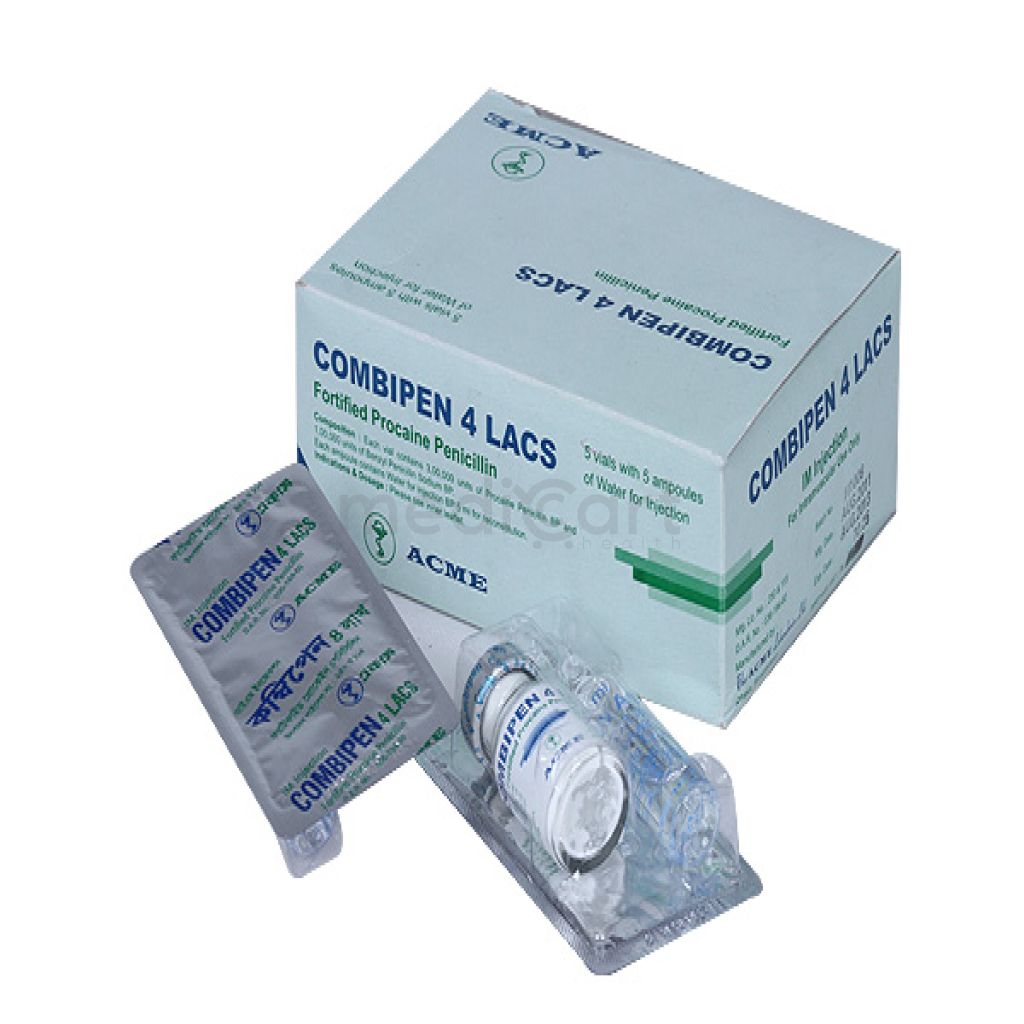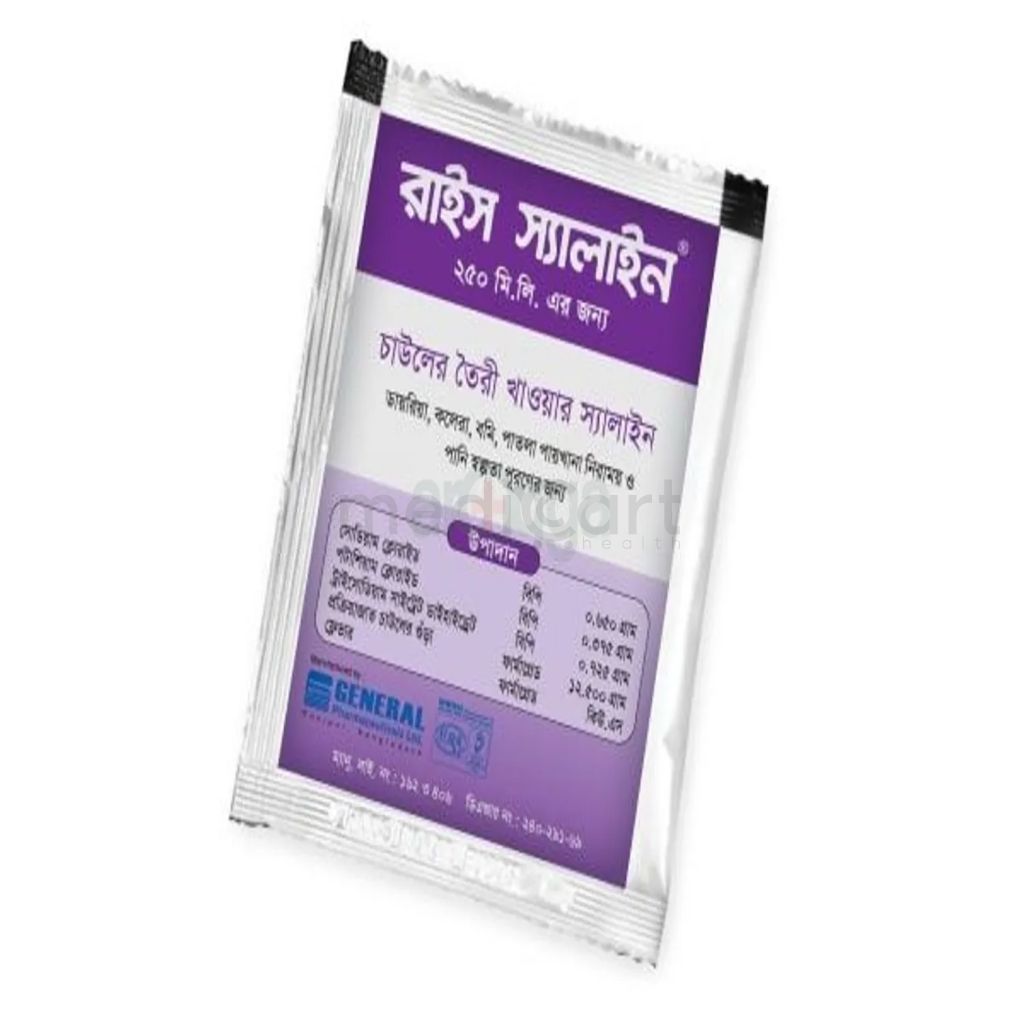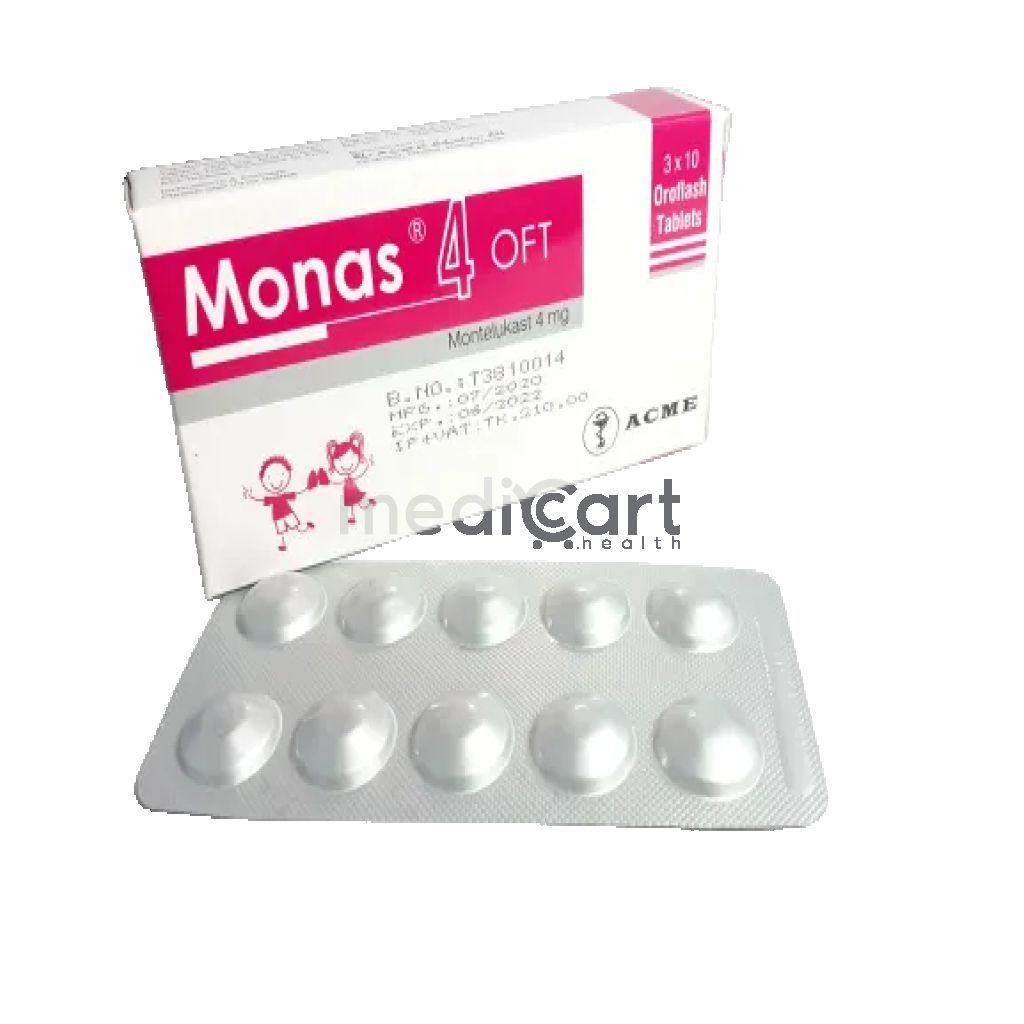

Combipen 4 LAC 300k+100k units per Vial
Injection
Pack Size :
1 Vial x 1 box
Generics :
Benzyl Penicillin + Procaine Penicillin
Manufacturer :
Acme Laboratories Ltd.
Best Price *
TK
64.45
* Delivery will be done in Dhaka city only.
Alternative Product
More Information About - Combipen 4 LAC 300k+100k units per Vial
Description
Generic Name
Benzyl Penicillin + Procaine PenicillinPrecaution
Penicillin should be used with caution in individuals with histories of significant allergies and/or asthma. Care should be taken to avoid intravenous or intra-arterial administration, or injection into or near major peripheral nerves or blood vessels, since such injections may produce neurovascular damage Lactation: Excreted into breast milk, caution advisedIndication
Meningitis, Peritonitis, Anthrax, Non-gonococcal urethritis, Diphtheria, Syphilis, Infections caused by Staphylococcus (susceptible strains), Streptococcus, Pneumococcus species gonorrhoea, Subacute bacterial endocarditis, Upper respiratory tract, Erysipelas, Skin and soft tissue infections, Moderately severe pneumonia and otitis media, Empyema, Bacteremia, Pericarditis, ArthritisContra Indication
A previous hypersensitivity reaction to any penicillin or to procaine is a contraindication.Dose
N/ASide Effect
As with other penicillins, untoward reactions of the sensitivity phenomena are likely to occur, particularly in individuals who have previously demonstrated hypersensitivity to penicillins or in those with a history of allergy, asthma, hay fever, or urticaria. The following have been reported with parenteral penicillin G: General: Hypersensitivity reactions including the following: skin eruptions (maculopapular to exfoliative dermatitis), urticaria, laryngeal edema, fever, eosinophilia; other serum sickness-like reactions (including chills, fever, edema, arthralgia, and prostration); and anaphylaxis including shock and death. Gastrointestinal: Pseudomembranous colitis. Onset of pseudomembranous colitis symptoms may occur during or after antibacterial treatment.Pregnancy Category
Name : B
Description
Animal reproduction studies have failed to demonstrate a risk to the fetus and there are no adequate and well-controlled studies in pregnant women OR Animal studies have shown an adverse effect, but adequate and well-controlled studies in pregnant women have failed to demonstrate a risk to the fetus in any trimester.Mode of Action
Benzylpenicillin has a bactericidal action against gram-positive bacteria, gram-negative cocci, some other gram-negative bacteria, spirochetes and actinomycetes. It inhibits final cross-linking stage of peptidoglycan production through binding and inactivation of transpeptidases on the inner surface of the bacterial cell membrane thus inhibiting bacterial cell wall synthesis. It is inhibited by penicillinase and other ?-lactamases. Interferes with cell wall mucopeptide synthesis during active multiplication, resulting in bactericidal activity against susceptible microorganisms.Interaction
Probenecid Increases and prolongs serum penicillin levels. Tetracycline May antagonize the bactericidal effect of penicillin.Pregnancy Category Note
Pregnancy Category: B Lactation: Excreted into breast milk, caution advisedAdult Dose
Streptococcal Infections Group A-Infections of the upper-respiratory tract, skin and soft-tissue infections, scarlet fever, and erysipelas. The following doses are recommended: Adult patients over 60 lbs. in weight: 2,400,000 units. NOTE: Treatment with the recommended dosage is usually given at a single session using multiple IM sites when indicated. An alternative dosage schedule may be used, giving one-half (1/2) the total dose on day 1 and one-half (1/2) on day 3. Pneumococcal Infections (except pneumococcal meningitis) 1,200,000 units in adults, repeated every 2 or 3 days until the temperature is normal for 48 hours. Other forms of penicillin may be necessary for severe cases.Child Dose
Streptococcal Infections Group A-Infections of the upper-respiratory tract, skin and soft-tissue infections, scarlet fever, and erysipelas. The following doses are recommended: Pediatric patients over 60 lbs. in weight: 2,400,000 units. Pediatric patients from 30 to 60 lbs.: 900,000 units to 1,200,000 units. Pediatric patients under 30 lbs.: 600,000 units. NOTE: Treatment with the recommended dosage is usually given at a single session using multiple IM sites when indicated. An alternative dosage schedule may be used, giving one-half (1/2) the total dose on day 1 and one-half (1/2) on day 3. Pneumococcal Infections (except pneumococcal meningitis) 600,000 units in pediatric patients, repeated every 2 or 3 days until the temperature is normal for 48 hours. Other forms of penicillin may be necessary for severe cases.Renal Dose
Renal Impairment CrCl 10-50 mL/min: Decrease dose by 25% CrCl <10 mL/min: Decrease dose by 50-70% Hemodialysis: Removed by hemodialysis; administer after dialysisAdministration
IM/IV Administration Do not inject near artery or nerve (may result in permanent neurologic damage) Neonates, infants, small children: Midlateral aspect of thigh preferable Older children and adults: Deep IM injection in upper outer quadrant of buttock Because of high concentration of suspended matter, needle may be blocked if injection is not made at slow, steady rateDisclaimer
The information provided herein are for informational purposes only and not intended to be a substitute for professional medical advice, diagnosis, or treatment. Please note that this information should not be treated as a replacement for physical medical consultation or advice. Great effort has been placed to provide accurate and comprehensive data. However, Medicart along with its authors and editors make no representations or warranties and specifically disclaim all liability for any medical information provided on the site. The absence of any information and/or warning to any drug shall not be considered and assumed as an implied assurance of the Company.





